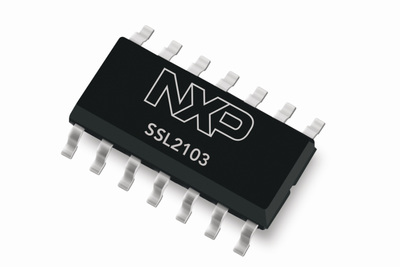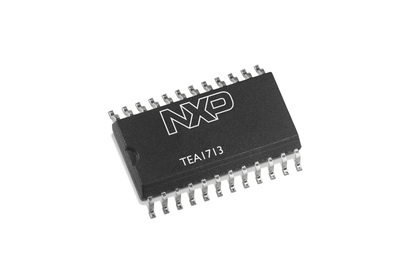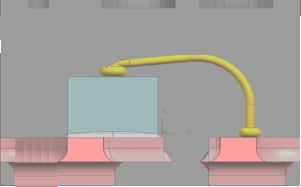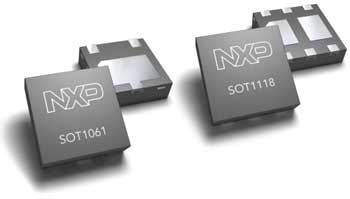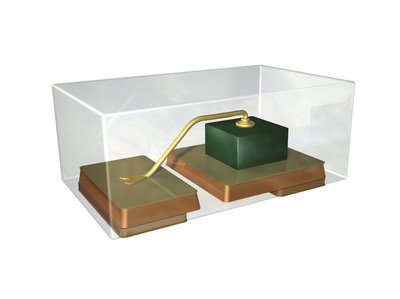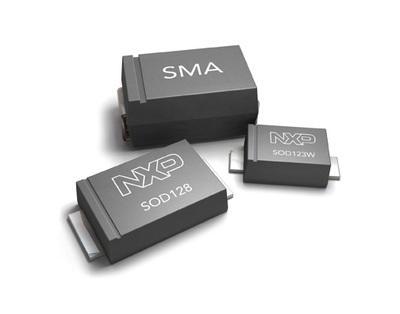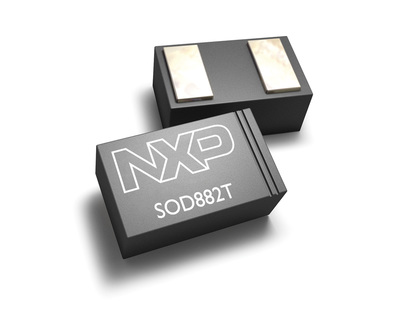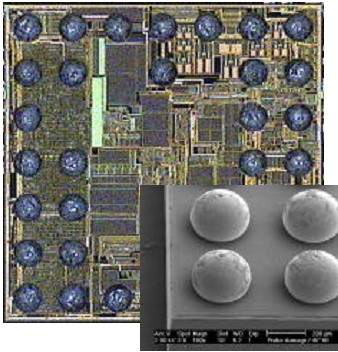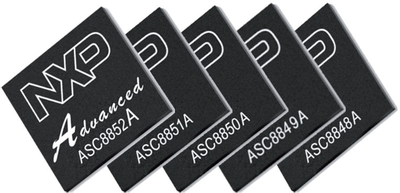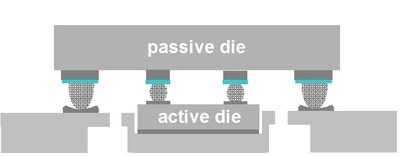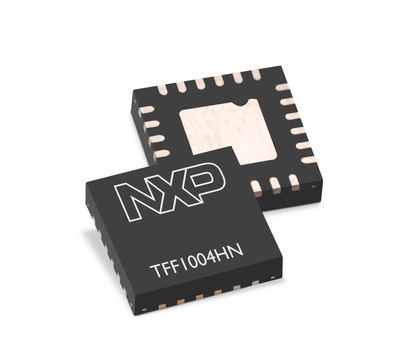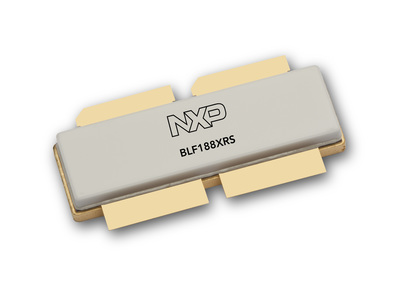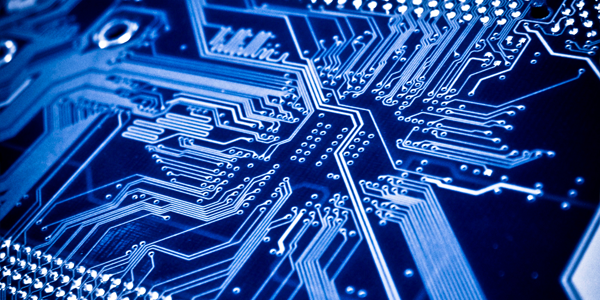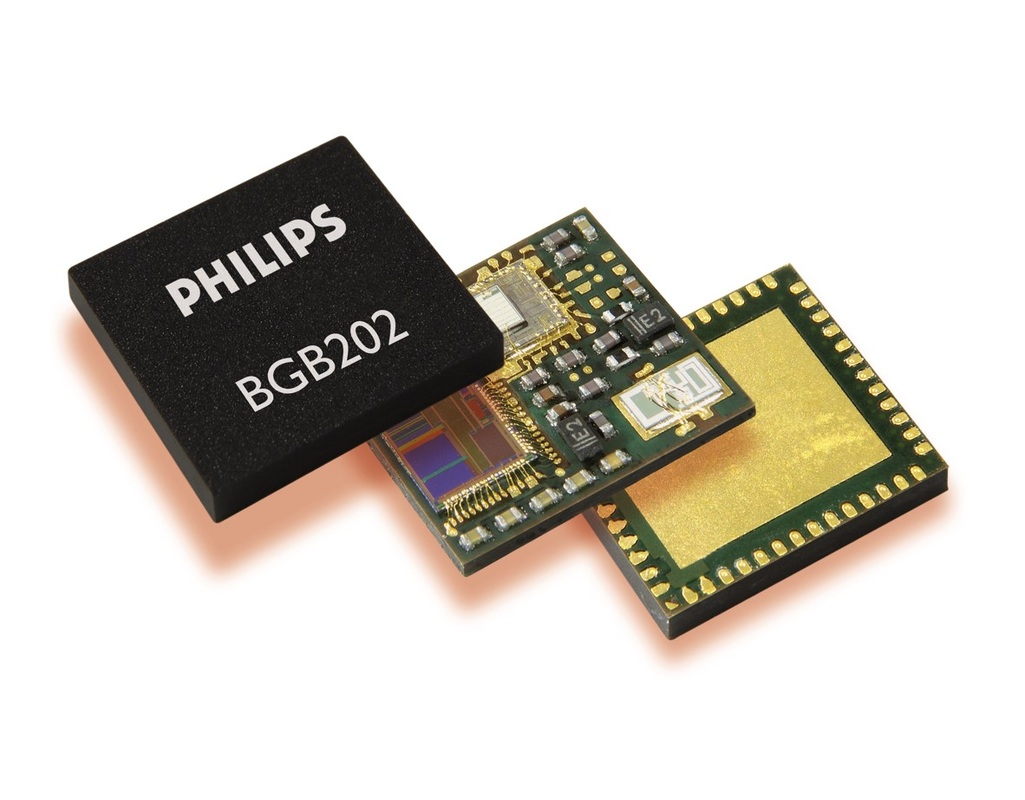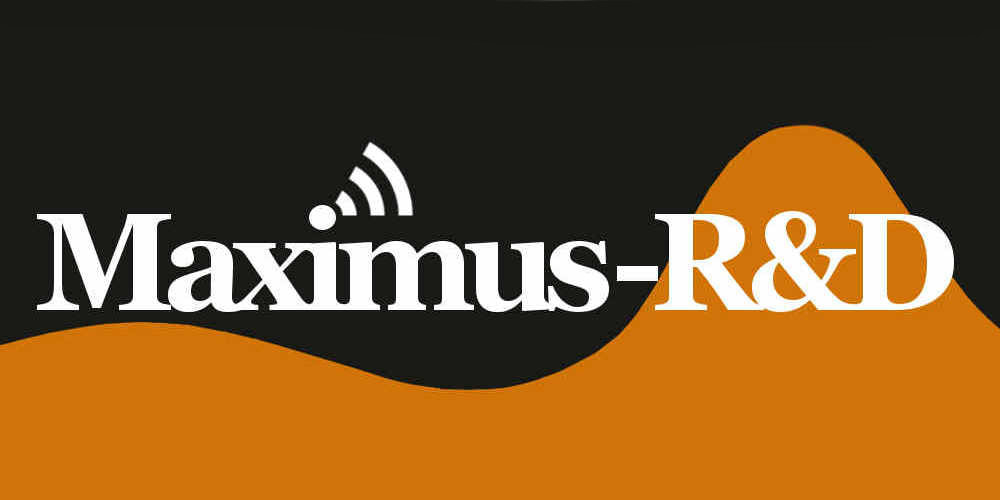|
Packaging is a very important but broad area. Apart from the odd naked die in some exotic application, 99% of the IC's is sold packaged. This can roughly be divided into three areas:
Over the years I have lived through the many diverse and successive families of ever smaller over-moulded IC-packages: from DIL to SSOP to QFN and lead-less. Main drivers: cost and miniaturization. Decisions on these type of platform generations are as complex as CMOS-generation discussions: major investments, long term strategic impact and increasingly make-or-buy or at least 2nd-sourcing discussions. Next to that there were many different more specialised packages, of which I will only mention a few:
|
PCB and substrate technology
Over the years, and especially related to modules or advanced packages, Printed Circuit Boards (PCB) has been a recurring technology.
Recently with one of my customers Neways Microelectronics a very interesting project on innovation in the ceramic thick film segment, the primary technology for (automotive) power modules. Even in the oldest technologies innovation is still possible! |
